|
The CLA Blog is going on a winter break! We will return on Tuesday, January 19, 2021 with a post on “Crossover Books” from Megan Valerio and William Bintz.
If you are interested in contributing a post in 2021, please send an email to [email protected] By Kathryn Will, Meghan Goodwin, and Sophie HendrixThe Notable Children’s Books in Language Arts Committee (NCBLA), reads, reviews, and discusses over 400 books of various genres written for K-8 children each year. These works of poetry and prose are analyzed using the charge of the committee that asks in making the selection of the top thirty texts the seven committee members consider: 1. Appealing format, 2. Enduring quality, 3. Exemplary quality for their genre, and 4. Meeting one or more of the following: a. Use of language: play on words, word origins, history of language b. Uniqueness in use of language or style c. Invitation of child response or engagement This post focuses on two of the texts from the 2020 Notables List that might be seen through the lens of a progression from small to large. Although The Magic of Letters (2019) and Small World (2019) are very different books, they can be used to invite readers to imagine, play, and wonder. The Magic of Letters
Written by Tony Johnston Illustrated by Wendell Minor Penguin Random House, unpaged, ISBN 978-0823441594
Small World
Written by Ishta Mercurio Illustrated by Jen Corace Abrams Books for Young Readers, unpaged, ISBN 978-1419734076
Teaching Tips Both of these books invite readers to engage in exploration and discussion through multiple reads due to their rich vocabulary and use of language. Teachers can easily deepen and extend the texts through a variety of activities. Using the illustrative style of The Magic of Letters, children could repurpose magazines and catalogues to cut out letters and words as sources for creating new words and sentences. As they pore over the texts, they could look for familiar and known letters and words, providing opportunities for practice in letter and word recognition before assembling them in a collage. Children could use crayon resist to create magic letters of their very own, or even play roll and write to create sentences from familiar and new words. These activities reflect the rich and playful nature of the text. Small World is a text that envelopes the reader in the world of STEAM (Science, Technology, Engineering, Art, and Math). The rich vocabulary begs teachers to consider connections to geometry, snow science, and roller coasters. With consideration of Nanda’s career as an astronaut, students might watch this video about women astronauts, or think about materials they might need for a trip to the moon. This book also holds opportunities for rich discussion with questions such as:
Kathryn Will is an Assistant Professor of Literacy at the University of Maine Farmington (@KWsLitCrew). She is passionate about sharing the power of children's literature with her students, including the two listed below who assisted in the creation of the teaching tips shared. She is a member of the 2019 Notables Committee, and will be chairing the committee in the upcoming year. Meghan Goodwin, Preservice teacher, University of Maine Farmington (@Ms_G_Teaches) Sophie Hendrix, Preservice teacher, University of Maine Farmington BY MEGAN VAN DEVENTERAs educators, we recognize the value in providing readers with reading experiences that act as mirrors, windows, and sliding glass doors (Bishop, 1990) to affirm readers’ identities, build empathy for others, and explore humanity. We understand the importance of curating bookshelves that offer a vast array of experiences that validate readers’ lives, feelings, and identities. At times, it can be challenging to select and teach books that do not ‘mirror’ our own lived experience, and it can feel vulnerable to step outside our own expertise. Fortunately, there are many of us committed to expanding our own readership and curating inclusive bookshelves and curricula that resonate with our students. This blog post champions and supports educators doing this vulnerable work to ensure all students are included and reflected and refracted on their bookshelves and in their curricula. This post shares books, tools, and resources to support educators building their expertise to ensure young readers have access to high quality, validating, and accurate children’s literature. Tools and Resources for Curating an Inclusive Bookshelf and CurriculumEducators committed to expanding our bookshelves beyond our own favorite reads must be intentional in selecting and teaching high quality children’s literature that is accurate, validating, and honest. There are several wonderful tools and resources to ensure our bookshelves are inclusive, relevant, and accessible for readers. The four tools and resources below support educators in curating inclusive bookshelves and reading curricula (and help us cull problematic books from our shelves as well).
Books for Curating Inclusive Bookshelves and CurriculaThe tools and resources described above support educators in selecting and teaching high-quality, accurate, and honest children’s literature. Building our expertise through these tools and resources sustains our commitment to curating inclusive bookshelves. Here are four children’s literature books that support educators in holding space that honors young readers’ and teachers’ capacity to engage with complex and authentic picturebooks.
Bookshelves and curricula that honor young readers in helping them make sense of the world are a key aspect to orchestrating equitable and socially just classrooms. These books, tools, and resources support our work as educators in curating high-quality reading experiences that are inclusive, accurate, and honest. ReferencesBishop, R.S. (1990). Windows, mirrors, and sliding glass doors. Perspectives: Choosing and using books for the classroom, 6(3), 1-2. Eland, E. (2019). When sadness is at your door. Random House. Lindstrom, C. (2020). We are water protectors. Roaring Brook Press. Muhammad, I., & Ali, S.K. (2019). The proudest blue: A story of hijab and family. Little, Brown and Company. Sanna, F. (2016). The journey. Flying Eye Books.
|
Authors:
|
CLA
About CLA
|
Journal of Children's Literature
Write for JCL
|
ResourcesCLA-sponsored NCTE Position Statements
|
Members-Only Content
CLA Video Library
|
© COPYRIGHT 2018.
ALL RIGHTS RESERVED |

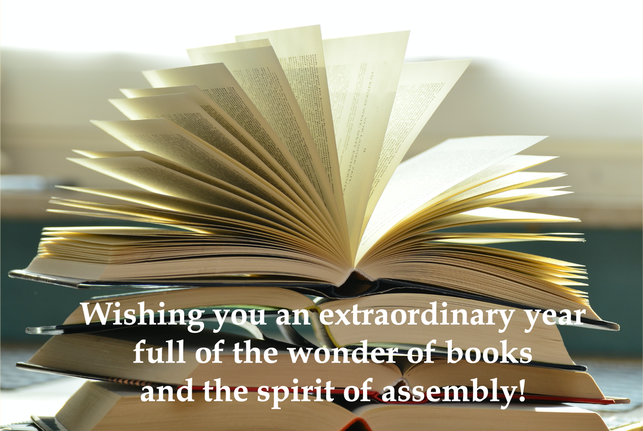
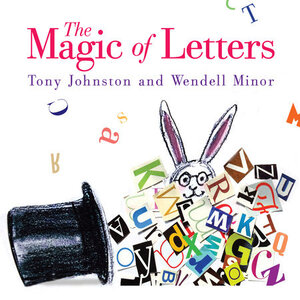
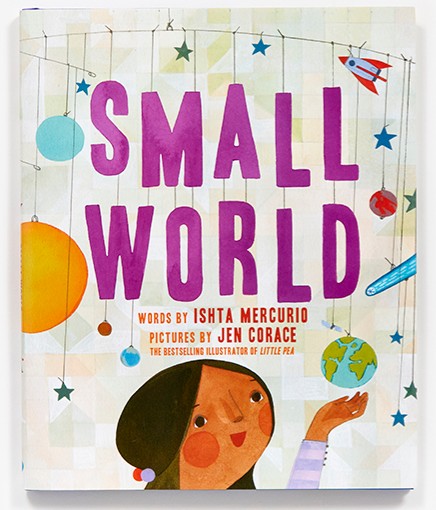
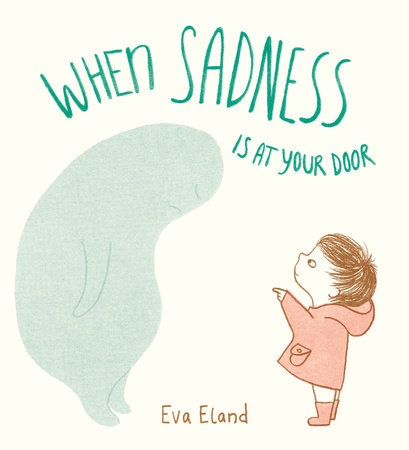
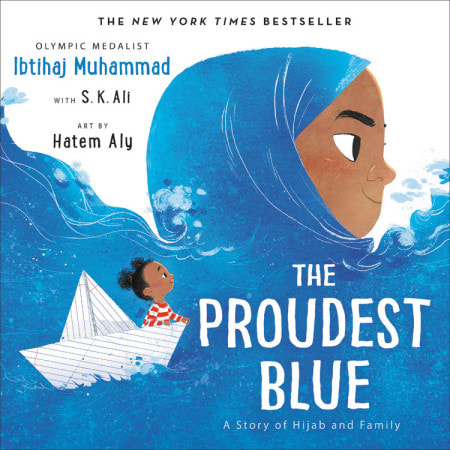
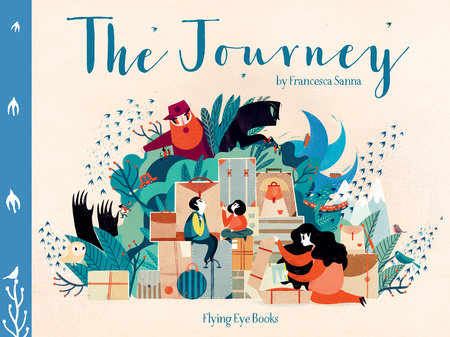
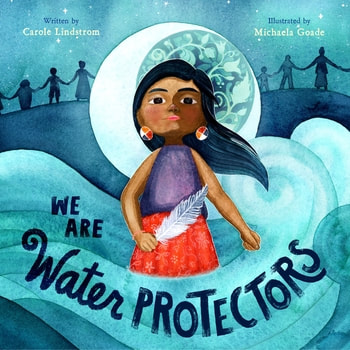
 RSS Feed
RSS Feed